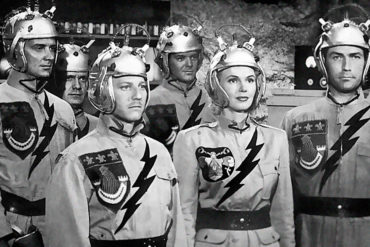At work there’s a Google logo hanging on the side of the sukkah. A tiny sticker at the bottom cautions that it is an”unofficial Google doodle” and for “internal use only, do not share with anyone.” Somewhere else on the poster it extends special thanks to Seth Galena, who, as far as I knew, didn’t work here, who was a bit of a celebrity and who had his own web thing going.
But the thing is — it’s goooood.
The first o is an esrog that’s both really simple and full of character, the second a super-stylized sukkah with a shadow peeking out just inviting you to investigate inside. The l is a chain of decorations, because that’s what the non-Lubavitch works does, okay? Showcasing both quality and creativity, the kind of communication that isn’t necessarily rare in the observant Jewish world but is rare to actually see, the kind of thing most people keep tucked under their black hats.
At the time I was on the Doodle team. I didn’t know any other members were Jewish, and almost everyone else was in San Francisco anyway. I sent a photo (internally!) to the team chief and asked. He liked it but had no idea who had done it or where it had come from.
But Seth Galena did.
Or, at least, he was my next best lead. Here’s what I thought I knew about Seth Galena: He co-ran a web site with his twin brother for/about young Jewish singles on the Upper West Side, back before I lived in New York, back when I had recently become Orthodox and back when, if you were Orthodox, living on the Upper West Side was everything.
The Upper West Side was where the largest conglomeration of Modern Orthodox singles were. It was literally the only place you could go if you wanted to date. What Sex in the City was to single white women in their 30s and the Castro on Gay Pride was to gay men in the Midwest, that was how and why the Upper West Side called to us.
I was living in Washington D.C. at the time. I read his site both ironically and wistfully, lustfully, laughing too loud at the jokes I only three-quarters understood, thinking I could never live there and wishing so fantastically that I could. It was the nerds eavesdropping on the private phone calls of the popular kids. It was people waiting in line to pick up food stamps watching the Kardashians on the office television.
And then one day I was with my friend Erez and his friend, back when it was still a very big deal to have an off-campus apartment and we were making the most of it, and the friend happened to be Seth and Isaac’s sister. I mentioned this to my mother — I don’t know why, maybe she happened to call while I was there? — and she said, oh! the Galena twins. Do you read their site? I asked her, horrified. No, she said. They used to live across the street from us. They were your age, you played together before you knew how to play together. We watched the boys when their sister was born, when the parents had to run to the hospital.
So weird, that I had played a role, the most minor of roles, in the birth of the woman I was taking to.
Of the sukkah I was sitting in.
I emailed Seth. He wasn’t a friend, not exactly, but I had met him, in the end, and liked him a lot. He seemed to like me too, or maybe I’m just being presumptuous? I told him that, if he didn’t already know, he had a drawing hanging on a wall of a sukkah in the Google building.
“Oh, that,” he laughed. He told me he hadn’t made it, but that he had created several years ago a bunch of fake Google doodles for Jewish holidays. He’d posted them on his site, and later, when setting up the sukkah here, someone had found it and asked for permission to adapt it.
So here are the things that I learned:
- The transmission of art and ideas is weirder, and more complicated, and more beautiful, than any of us probably give it credit for.
- Sukkah decorations aren’t always chintzy trinkets or anemic plastic fruit.
- That the art I’d been looking for had been there all the time, right under my nose, just waiting for me to realize it.
_____
photo by me (for once!)
also, I did some extensive searching to figure out whether the origin of “chintzy” is racist or Yiddish. Apparently it’s neither.





